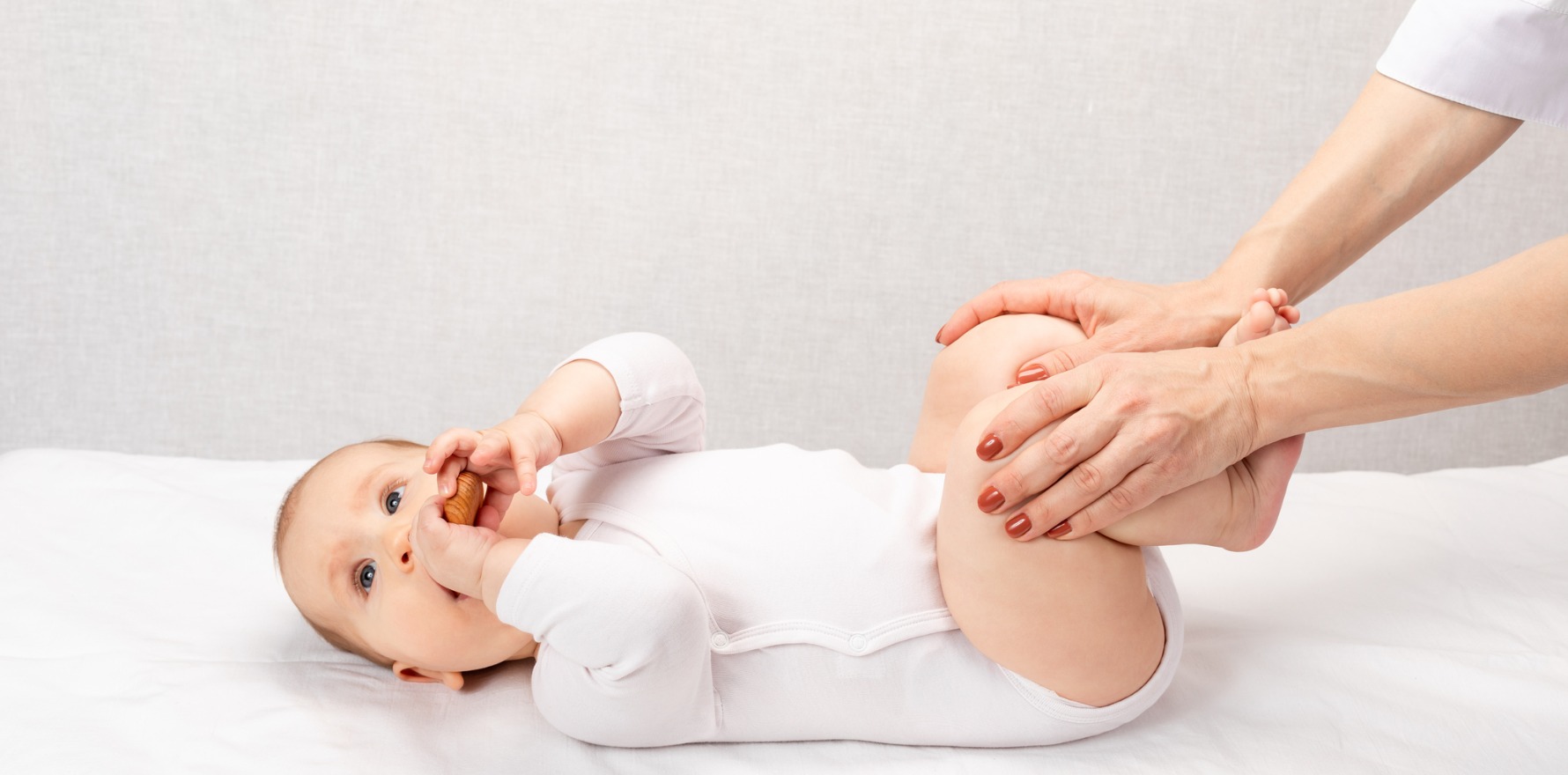Infant exams and ultrasounds may miss half the cases, and GPs have a role in catching late-presenting cases.
Universal infant screening for hip dysplasia may be missing around half of all cases, Australian research suggests.
Most missed cases did not have obvious risk factors that would trigger an ultrasound test, meaning repeated exams by GPs and other healthcare providers would help catch infants with the condition, the researchers said.
They studied 192 infants with hip dysplasia born at Royal Women’s Hospital in Melbourne who needed treatment at the hospital’s orthopaedic clinic with brace therapy or surgery.
“Approximately half of all infants with developmental dysplasia of the hip were not detected by combining risk-based selective ultrasound screening with neonatal clinical findings, highlighting the failure of this screening method to reliably detect a significant proportion of dysplastic infant hips,” the researchers wrote in Journal of Paediatrics and Child Health.
“This finding indicates that some cases not detected by neonatal screening nevertheless can be detected in a timely manner by community healthcare providers.”
The babies whose hip dysplasia was detected early started treatment at eight weeks, while the 100 infants whose diagnosis was initially missed began treatment at a median age of 16 weeks.
The researchers said infants with skin crease asymmetry had 44 times the odds of a later presentation compared with early presentation – and in 41 cases it was the only sign present – while breech presentation and Barlow/Ortolani test positivity were associated with early presentation.
Skin crease asymmetry has unclear predictive value for hip dysplasia, but because it was the most common clinical finding in late-presenting infants, the authors said as it was important for healthcare providers to be aware of this as a possible sign.
Almost 2700 infants born at the hospital had one ultrasound and 228 had two. Of those who had two scans, only 39, or 1.45%, had hip dysplasia. Eight babies had a third ultrasound, and one was referred elsewhere for treatment.
“The majority (78%) of later-presenting cases did not have identifiable risk factors that would trigger a screening ultrasound according to Royal Women’s Hospital protocol,” they said.
This highlighted the limitations of using risk factors for developmental dysplasia of the hip as the basis of ultrasound screening, they said.
“These findings support the importance of careful, repeated clinical examination of an infant’s hips throughout infancy by community healthcare providers, even in the absence of clear risk factors for developmental dysplasia of the hip, in detecting later-presenting developmental dysplasia of the hip.
“This is especially important since even experienced examiners, such as orthopaedic surgeons, may occasionally report incorrect examination findings.”
Improving training for clinicians conducting neonatal hip examinations may help reduce the number of later presentations, they said.
Other studies have shown an increase in later-presenting cases.
Late presentations are tied to more surgical interventions and worse long-term outcomes, such as hip osteoarthritis and potentially significant functional consequences in adult life if not adequately treated in childhood.
“The reasons for such a trend are not clear, but may include a systematic change in the quality of infant hip examination, differences in the scale of the screening programs, as well as demographic changes in the incidence of the many genetic and environmental factors (such as swaddling practices) that are known to be associated with developmental dysplasia of the hip.”
The researchers noted that there may have been more cases that eventually needed surgery that were not detected within the study’s 18-month follow-up period.
They said there was a strong female preponderance in both groups, but there were no clinically significant differences in gestational age or birthweight.
Rates of late hip dysplasia vary: South Australian data shows that the incidence is 0.22 per 1000 births, while in Western Australia research shows the incidence is 0.57 per 1000 births.
Journal of Paediatrics and Child Health 2023, online 7 August


